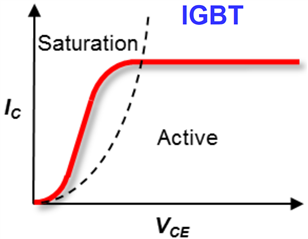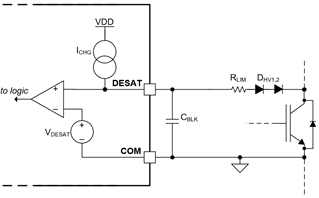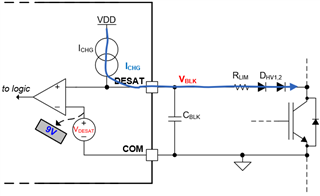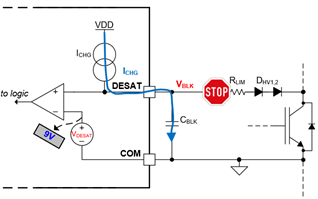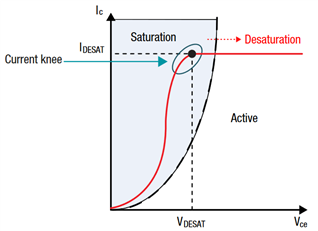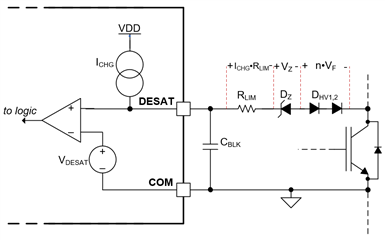Other Parts Discussed in Thread: UCC21759-Q1, ISO5451-Q1, ISO5851, ISO5452, ISO5851-Q1, UCC21710, ISO5852S-Q1, ISO5451, ISO5452-Q1, ISO5852S, UCC21710-Q1, ISO5852S-EP,
UCC21750/59/10 and ISO5x5x variants offer integrated short-circuit/overcurrent detection and protection with DESAT detection, which internally has a 9V threshold.
How can we adjust this threshold to tailor it for different devices, including both IGBTs and SiC?
Parts with DESAT detection include: UCC21710, UCC21710-Q1, UCC21750, UCC21750-Q1, UCC21759-Q1, ISO5451, ISO5451-Q1, ISO5851, ISO5851-Q1, ISO5452, ISO5452-Q1, ISO5852S, ISO5852S-Q1, ISO5852S-EP, ISO5500


